Related Research Articles

The Second Anglo-Sikh War was a military conflict between the Sikh Empire and the British East India Company that took place in 1848 and 1849. It resulted in the fall of the Sikh Empire, and the annexation of the Punjab and what subsequently became the North-West Frontier Province, by the East India Company.
Lieutenant General Sir James Hills-Johnes, was a British Indian Army officer and a recipient of the Victoria Cross, the highest award for gallantry in the face of the enemy that can be awarded to British and Commonwealth forces.
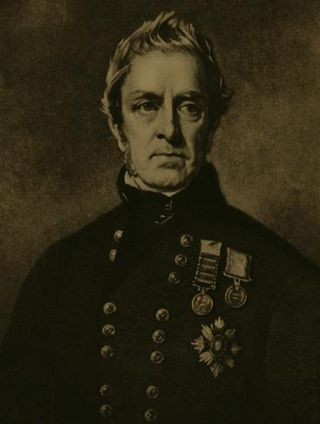
Field Marshal Sir George Pollock, 1st Baronet was a British Indian Army officer. He first saw action at the Battle of Deeg and at the Siege of Bhurtpore during the Second Anglo-Maratha War before taking part in the Anglo-Nepalese War. He also commanded the British artillery at the Battle of Prome and at Bagan during the First Anglo-Burmese War. Following a disastrous retreat from Kabul in January 1842 during the First Anglo-Afghan War, the retreating forces became stranded at the small British garrison at Jalalabad and Pollock was appointed Commander of the Force sent to relieve the garrison: he advanced through the Khyber Pass and relieved the garrison in April 1842. He then set about an unauthorised but ultimately successful mission to rescue the British hostages who had been left behind in Kabul prior to the retreat. In 1844 the Pollock Medal was created to commemorate Pollock's achievements: this medal was to be awarded to the "best cadet of the season" at the Addiscombe Military Seminary.
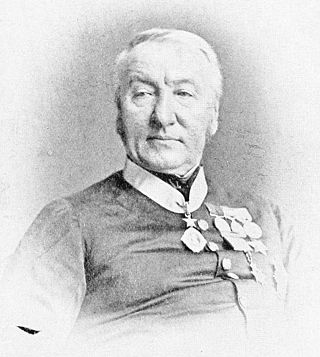
Major-General Sir Henry Marion Durand, was a British military officer in the Bengal Army and served as Lieutenant Governor of Punjab from 1870 until his death in 1871.

The Bengal Engineer Group (BEG) is a military engineering regiment in the Corps of Engineers of the Indian Army. The unit was originally part of the Bengal Army of the East India Company's Bengal Presidency, and subsequently part of the British Indian Army during the British Raj. The Bengal Sappers are stationed at Roorkee Cantonment in Roorkee, Uttarakhand.

The Indian Medical Service (IMS) was a military medical service in British India, which also had some civilian functions. It served during the two World Wars, and remained in existence until the independence of India in 1947. Many of its officers, who were both British and Indian, served in civilian hospitals.
Lieutenant-General James Caulfeild was an Irish British Army soldier and political officer in British India, and a Liberal party politician.
Colonel Hugh Fraser, CB was a British military officer and administrator in India and Burma.
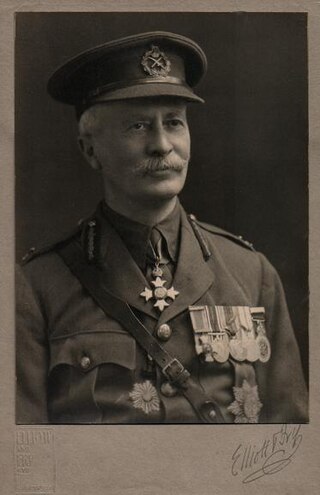
Brigadier-General William Thomas Clifford Beckett CBE DSO VD was a British railway engineer in India and a British Army officer.
Lieutenant general Sir Charles Edward Nairne was a British military officer who served in British India.

General Sir William Erskine Baker KCB was a senior British Indian Army officer, who became Military Secretary to the India Office.
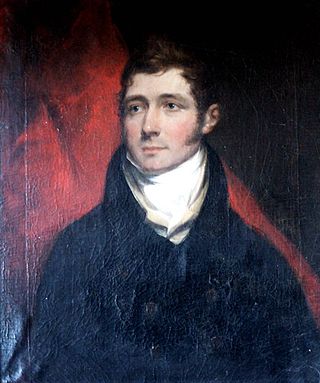
Colonel John Vaughan (1778–1830) was a senior British officer in the service of the Honourable East India Company’s Army. Through his military career he saw active service on the Fourth Anglo-Mysore War, Second Anglo-Maratha War and Third Anglo-Maratha War.

Colonel Thomas Tupper Carter-Campbell of Possil was a British soldier.
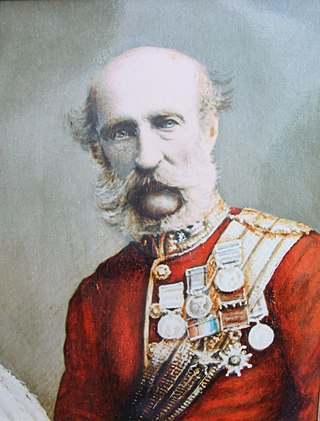
General George Campbell of Inverneill, CB, KA (1803–1882) was Commandant of the Royal Artillery and served in the East India Company.
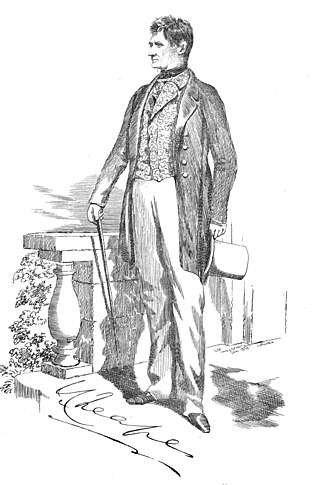
General Sir John Cheape was a Scottish military officer of the Bengal Army in British India.

The 1838 Coronation Honours were appointments by Queen Victoria to various orders and honours on the occasion of her coronation on 28 June 1838. The honours were published in The London Gazette on 20 July and 24 July 1838.
Major-General Sir John HorsfordKCB was a British soldier who rose through the ranks to become a general in the East India Company's Bengal Army.
Sir Charles Cureton was a British Indian Army officer. He distinguished himself as a cavalry leader, and was recognised for acts of personal bravery. He became brevet colonel 14 February 1868, lieutenant-colonel 22 February 1869, major-general 22 February 1870, lieutenant-general 1 October 1877, and general 1 December 1888.
General Sir Alexander Lindsay KCB was an officer in both the British and East India Company armies. Commissioned into the British Army at the age of nine, he was placed on half-pay after the 104th Regiment of Foot was disbanded in 1795.
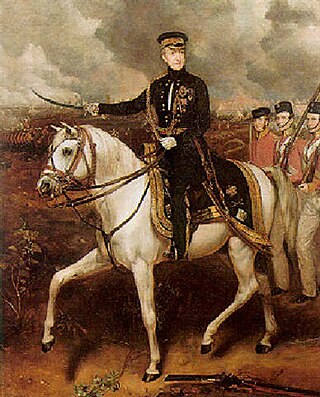
Lieutenant-General Sir John Hunter Littler, KCB was an officer of the East India Company's Bengal Army. He was commissioned as an ensign of the Bengal Native Infantry at the age of 17 and sailed for India. He travelled aboard the East Indiaman Kent, which was captured by the French en route, and he had to make the final part of the voyage by pinnace. He served as a junior officer in the Second Anglo-Maratha War and the 1811 Invasion of Java.
References
- 1 2 Vibart, H.M. (1894). Addiscombe: its heroes and men of note. Westminster: Archibald Constable. p. 99
- 1 2 "Auction of medal". Bonhams.